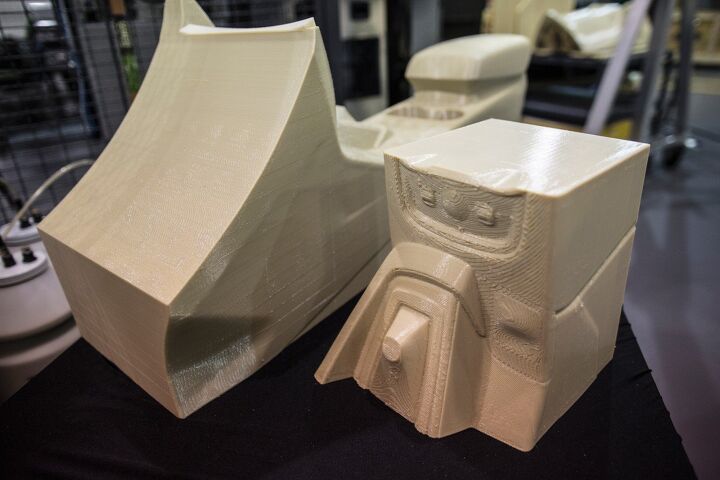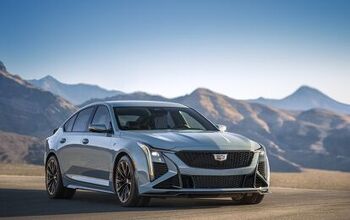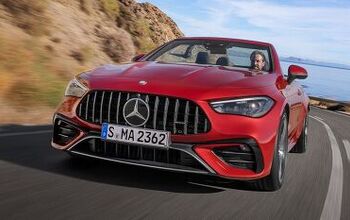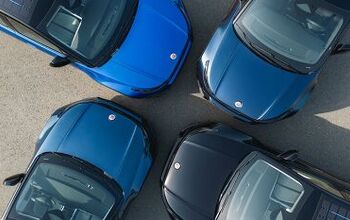Ford Moves a Step Closer to Mass 3D-printed Production Parts
Ford is trying its hand at a new way of manufacturing inexpensive and lightweight car parts: 3D printing.
While 3D printing has existed in the auto manufacturing scene for quite some time, it was largely used for prototypes and molds, not the actual product.
Ford is now looking to use the technology to produce a variety of customizable and low-volume parts.
Manufacturers have used this technology, in some capacity, for years. Local Motors designed and made the Strati, the first 3D printed electric car, and racing teams have used it for specialty parts.
Frank Stephenson, design chief at McLaren, told Forbes that the company’s product development period has shrunk from 36 months to 18 months, all thanks to 3D printing.
Manufacturers’ use of 3D printing used to be limited by the size of the parts able to be produced. In the case of the Blue Oval, that issue no longer exists.
Ford is using the massive Stratasys Infinite Build 3D printer to make parts that take up more than a little desk space. Large parts, such as a spoiler or long interior panel, is no problem for this room-sized mammoth.
For now, the destination for these parts remain low-volume performance cars and customizable options ordered by buyers. However, Ford’s Technical Leader for Additive Manufacturing Research, Ellen Lee, said in a media release that the new technology will eventually translate into large-scale 3D printed auto manufacturing.
[Images: Ford Motor Company]
More by Tyler Wooley
Latest Car Reviews
Read moreLatest Product Reviews
Read moreRecent Comments
- Bd2 Ultimately, it comes down to price/whether it makes financial sense for buyers (right now, BEVs just aren't there, even with the tax credit). HEVs are finally seeing their place in the sun, decades after being a niche market; this is due to premium for HEVs having narrowed significantly with pure ICE, whereby buyers can recoup that after 2-3 years of ownership.
- MaintenanceCosts I've experienced three cars that were the first year of the model. The two I bought (first-off-the-boat 2004 TSX and midyear 2006 Civic) were both Hondas and were both flawless. The other one was my ex-stepmother's 1990 Land Rover Discovery. It was one of the very first Euro-spec models, a two-door with an asthmatic carbureted 3.5L V8 and a five-speed manual. Every part of the car broke at some point, including things like hatch hinges that really shouldn't break. It turned her off Land Rover forever, and her cars since have all been Subarus.
- MaintenanceCosts When I was living with my Bolt in a rental condo and charging from 120V in the garage, as soon as the association figured out what was happening, they asked me to pay $30 a month to cover the cost. That's pretty close to what I was using so I had no issue with it.
- SCE to AUX I've had mixed results with first-year cars:71 Pinto - good. 85 LeBron GTS - good. 96 Grand Voyager - good. 02 Passat B5.5 - bad. 05 Odyssey - bad. I also had a last-year car that was terrible (80 Bobcat), but most cars were crap then, anyway.
- Crown Go big or go home. Never understood the "economy version" that manufacturers make of a performance car.



































Comments
Join the conversation
Classic car parts: this is the obvious use for 3-D printing.
I just bought a small 3D printer to make parts for my Toyota and itt seems to work really well. Based on the filament you could make a good product